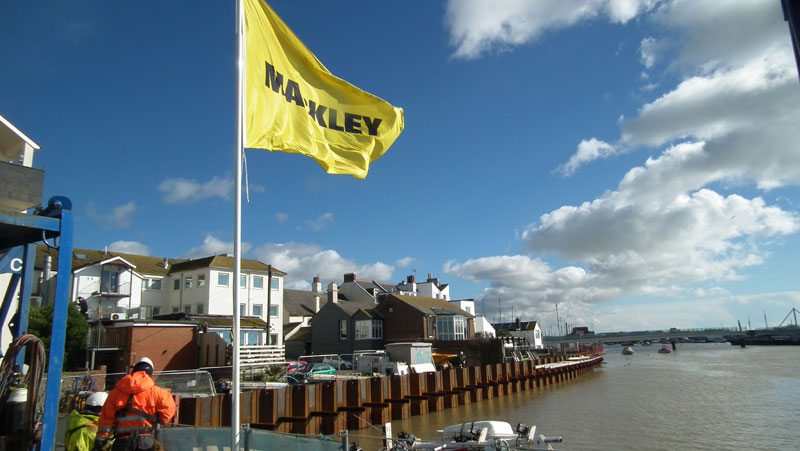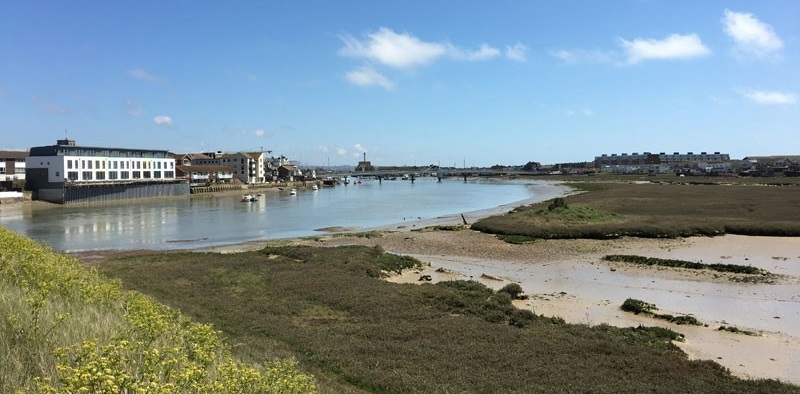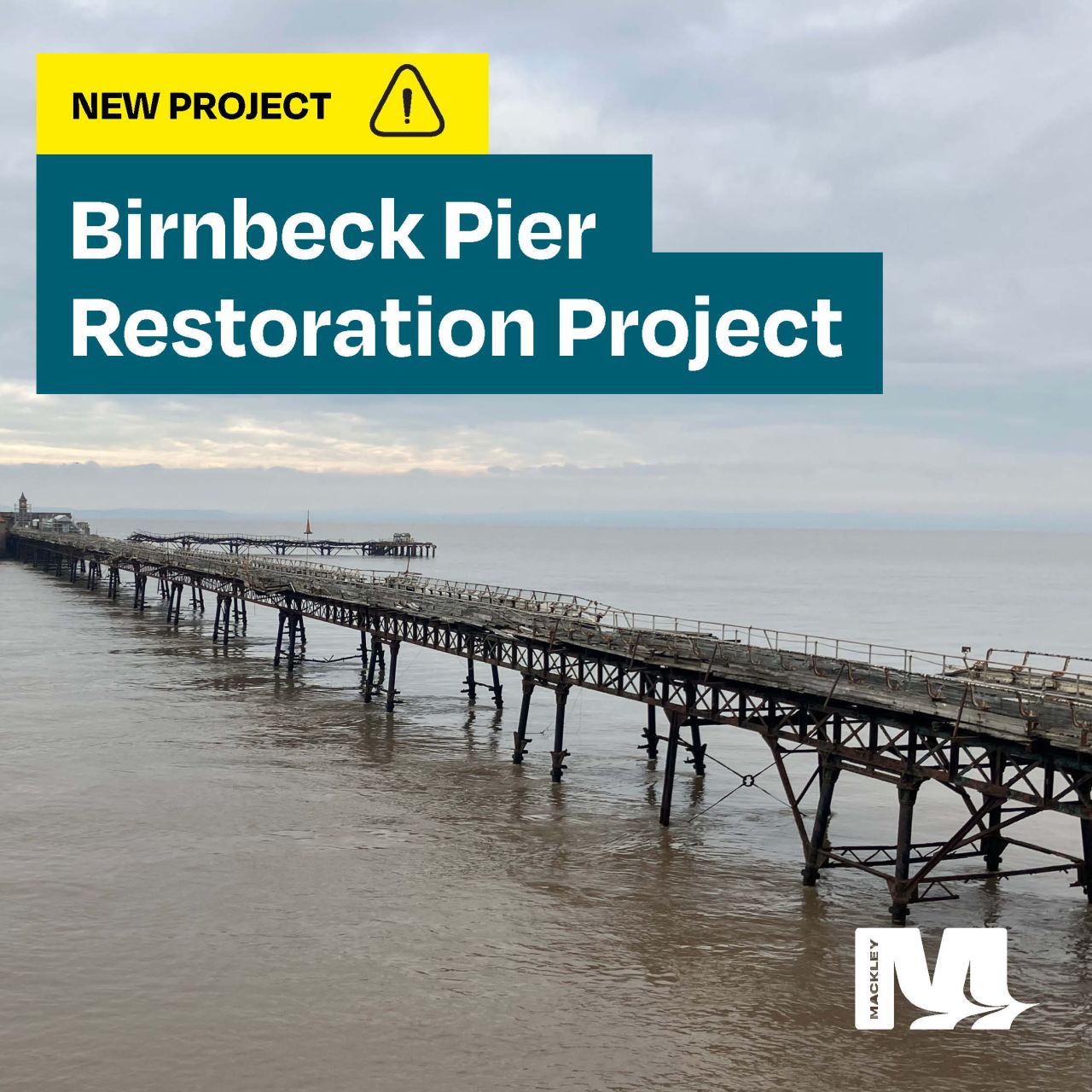In the final part of a series looking at specific elements of our efforts to mitigate the environmental impact of our work on the Shoreham Adur Tidal Walls Flood Defence Scheme, we focus on the wider environment.
Background to scheme
The Shoreham Adur Tidal Walls scheme is being carried out by Mackley working as part of Team Van Oord and on behalf of the Environment Agency, Coast to Capital Local Enterprise Partnership, Adur District Council and West Sussex County Council.
Once completed, the £31m project will significantly reduce flood risk to more than 2,300 properties in Shoreham and East Lancing, as well as protecting important local infrastructure including roads, the railway line and Shoreham Airport.
Working with the Environment Agency, Mott MacDonald and CH2M, we are committed to building the scheme efficiently and at the same time minimising the impact on the local wildlife. We are doing this by making sure our work does not impact any legally protected species, by monitoring for wildlife and creating habitats through landscaping.
In part one of this series, we looked at how we moved reptiles including common lizards, slow worms and grass snakes from some areas where work is being carried out to a specially created site on Mill Hill Nature Reserve.
Part two focussed on the protection of reptiles through sensitive vegetation management.
Part three switched the attention from reptiles to birds, while part four looked the protection of rare plants
Part five – the protection of the wider environment
The project is not only protecting wildlife but also the wider landscape. Trees are important part of the local landscape. Once the design was finalised, an arboricultural (tree) survey was carried out to assess which trees could be retained and which had to be removed.
Those to be kept will be protected from the works so they are not damaged.
Where possible, the design has been altered to reduce the amount of tree loss. A good example is the small copse between the tidal lagoon and the recreation ground. By altering the line of the original bund we can avoid cutting off the corner of this habitat by going around it instead. This means we do not need to remove those trees.
Landscape plans have been drawn up by the designers to show how the local environment will be replaced.
For example, double the number of trees and shrubs will be planted compared to the number removed. Where possible and appropriate, native locally sourced species will be replanted.
As part of the design, an area of saltmarsh habitat will be created next to the airfield. The new bund will be built closer to the airport road and the old embankment will be removed.
The ground beneath the old bund will be levelled to create conditions that will allow the existing saltmarsh vegetation to naturally colonise. This small scale ‘managed retreat’ will compensate for the loss of salt marsh elsewhere on the scheme and will increase the area of this important habitat, which is why the Adur Estuary has been designated a Site of Special Scientific Interest (SSSI).
30 August 2017



